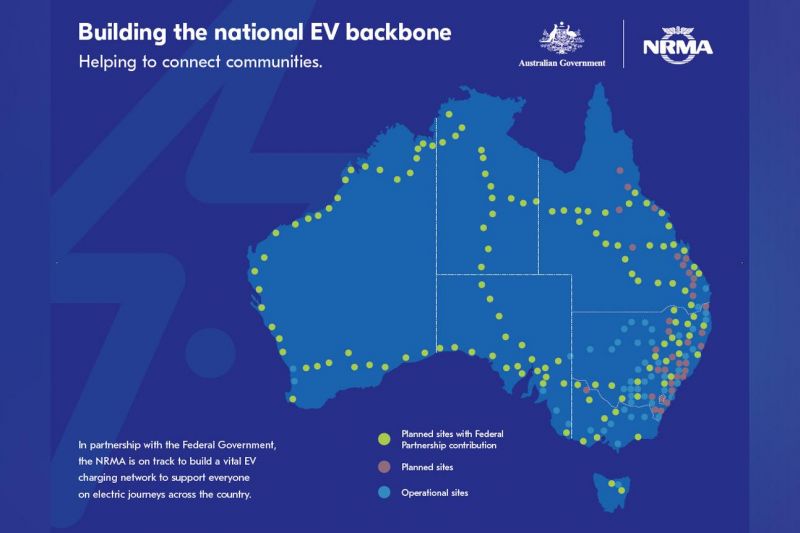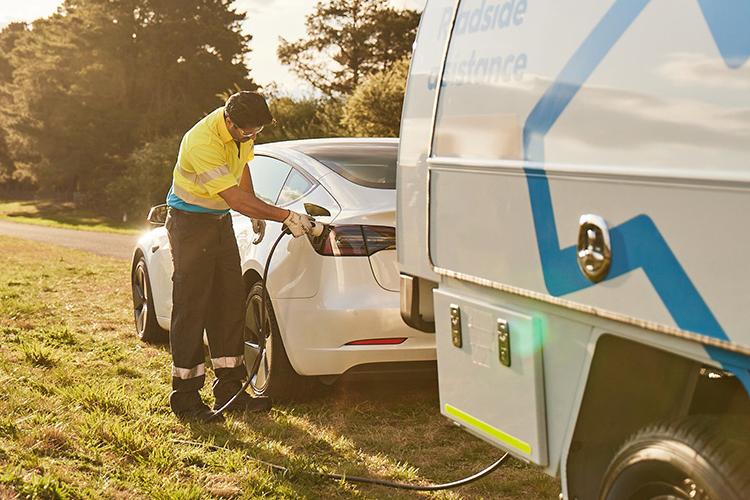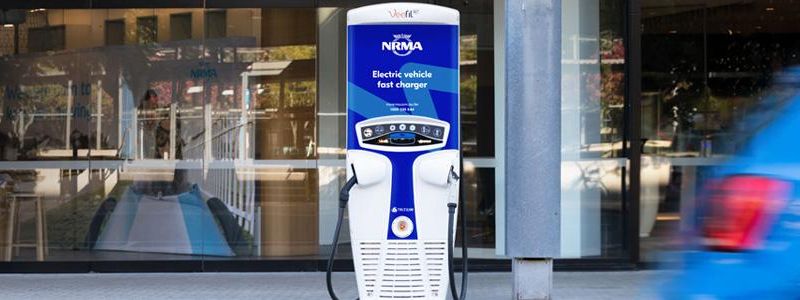The National Roads and Motorists’ Association (NRMA) is about to start charging you money for you to fast-charge your electric vehicle (EV).
From 27 September – or this Wednesday – select sites across the NRMA Electric Network will require payment, with the full network to require payment per use “by the end of October [2023]”.
Users will be required to pay via the My NRMA smartphone app, with a fee of $0.54 per kWh at 150kW DC fast chargers, and slightly dearer $0.59 per kWh at 175kW sites.
That means it would cost you $27 to replenish 50kWh at a 150kW NRMA charger, or $29.50 at a 175kW charger.
For reference, Chargefox recently upped the pricing of its 350kW ultra-rapid DC chargers to $0.60 per kWh in May, while pricing for its other chargers vary by site.
“A cost structure will commence at NRMA’s Sydney Olympic Park, Picton and Wallsend charging
stations this week before gradually rolling out across the whole network. The full roll-out is expected to be completed by the end of October,” the NRMA said in a media statement supplied to CarExpert.
“Once the payment system is rolled out across the whole network, a 10 per cent discount will apply
for NRMA members.”
The NRMA charger network currently includes more than 50 sites covering much of New South Wales (NSW), and extending into parts of South Australia and Queensland.
Back in June, The Driven first reported the NRMA would end its free charging offer to all EV owners due to excessive queuing at in-demand sites, which created frustration amongst users.
At the time, NRMA Energy CEO Carly Irving-Dolan told the publication the motoring group was developing a smartphone app and payment system for its EV charger network, with an aim to commence a billing rollout “around October-November”.
Moving forward, the association has confirmed a $78.6 million partnership with the Federal Government to build more chargers across the country, with over 100 sites planned. These upcoming EV charging stations are designed to ensure regional and remote areas are connected to a fast-charging network.
“The aim is for chargers to be on average 150km apart. Sometimes this may be a little less and sometimes a bit more, dependent on finding suitable sites based on optimal amenities, safety and grid connection,” the NRMA says on its website.
Let us know your thoughts in the comments!

























